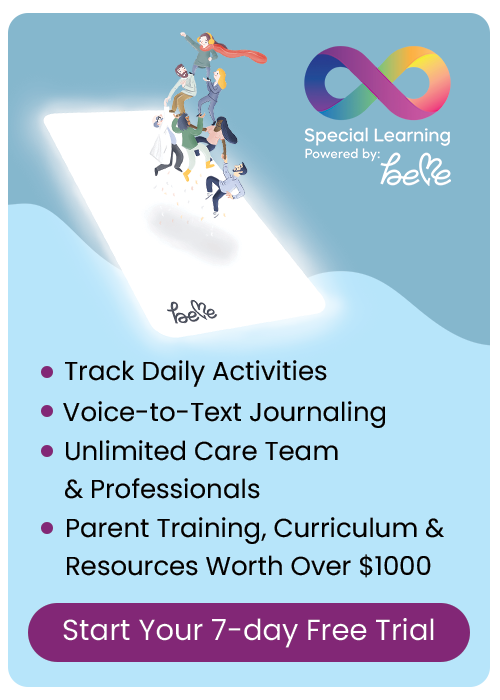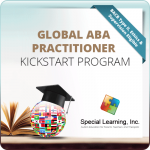Blog Categories
- ADHD
- Applied Behavior Analysis
- Autism Awareness
- Autism Service Providers
- Case Studies
- Dignosis
- Classroom Management
- Credentials
- Ethics
- Family Matters
- FAQs About LIVE Events
- Financial Planning
- Holiday Planning
- IEP's
- Panelists
- Private Equity in Autism & ABA Industry
- Psychopharmacology
- Sensory Processing Disorder
- Speech and Communication
- Subject Matter Experts
- Summer Planning
- Transition Planning
Facts about Down Syndrome
Facts about Down Syndrome
In light of Down syndrome Awareness Month, here are 15 facts about Down Syndrome, as pulled from the National Association for Down Syndrome website:
1. Dr. Jerome Lejeune first described Down Syndrome at a chromosome 21 trisomy in 1959.
2. Down syndrome is actually named after a doctor who first described the disease. His name was Dr. John Langdon Down.
3. The life expectancy for people with Down syndrome has increasingly risen from 25 to 59 since 1989.
4. Down syndrome happens before conception; so there is nothing a person did, or didn’t do, to cause it. It happens when the egg, or sperm, is produced with an extra copy of chromosome 21.
5. Taking prenatal vitamins will not prevent Down syndrome (but taking your prenatals as Folic acid is important!).
RECOMMENDED PRODUCTS
Global ABA Practitioner Kickstart Program
Teachers Surviving Inclusion Programs – Autism Educator Teaching Series





